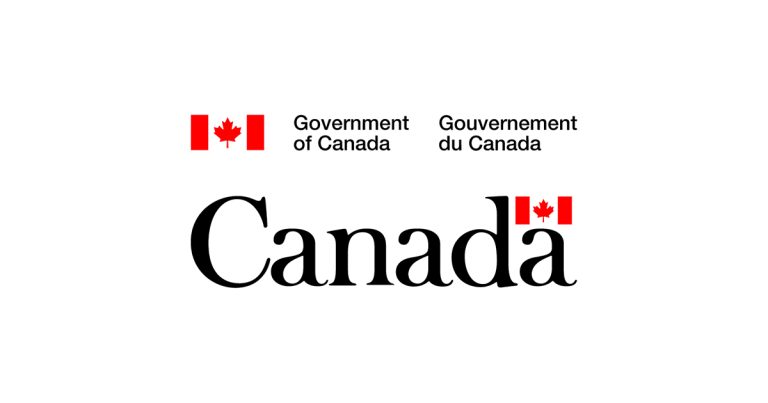Ontario, P.E.I. Join Nova Scotia With Legislation to Remove Internal Trade Barriers

April 18, 2025
Prince Edward Island and Ontario have joined the Nova Scotia by introducing reciprocal legislation that will help foster an environment of mutual recognition of goods, services and labour mobility between these provinces.
“Leaders across the country are expressing interest in removing trade barriers, and I’m very pleased that P.E.I. and Ontario have tabled legislation to remove all their trade barriers,” said Premier Tim Houston, who is also the Minister of Trade. “This is a significant moment for our country, and these actions say a lot about our commitment to make our economies stronger. This moment is too important to miss for the sake of all Canadians.”
P.E.I.’s and Ontario’s legislation match the spirit of Nova Scotia’s Free Trade and Labour Mobility within Canada Act, are concise and impactful and would remove barriers once and for all.
Other provinces and territories have also indicated their willingness to remove barriers, and some have indicated that although they do not have new legislation, they have effectively removed barriers through a combination of steps, including amendments to existing legislation, ministerial notes and other correspondence. Nova Scotia is hopeful this has been achieved and will work with each to assess whether the sum total of these steps do, in fact, effectively and permanently remove all barriers.
Nova Scotia’s Free Trade and Labour Mobility within Canada Act specifically addresses:
- goods manufactured, produced or approved for use in a reciprocating province or territory, which will be treated the same as those produced in Nova Scotia
- this will eliminate additional fees or testing requirements for goods from these provinces and territories
- service providers and licensees properly certified or licensed in a reciprocating province, who will be recognized as if they are licensed in Nova Scotia if they are in good standing with no outstanding complaints in a reciprocating jurisdiction
- they must register with the equivalent Nova Scotia regulator and obtain licensing or certification or insurance
- this ensures that businesses providing services can operate across provincial borders without the burden of additional licensing or certification.
Quick Facts:
- More than $530 billion worth of goods and services move across provincial and territorial borders every year – equal to 20 per cent of Canada’s gross domestic product
- Interprovincial exports contribute about 17 per cent of Nova Scotia’s gross domestic product and make up about half of Nova Scotia’s total exports (about 48 per cent of all goods and services)
- in 2023, the value of Nova Scotia’s interprovincial exports was nearly $29 billion
- Ontario is the largest market for Nova Scotia’s goods and services in Canada
- In Canada, Prince Edward Island is Nova Scotia’s largest market on a per capita basis, followed by New Brunswick
- Last year, one-third of Canadian businesses participated in internal trade by buying or selling goods across provincial or territorial borders









![Guide to the Canadian Electrical Code, Part 1[i] – A Road Map: Section 52 — Diagnostic imaging installations](https://electricalindustry.ca/wp-content/uploads/2022/11/Guide-CE-Code-2.png)






